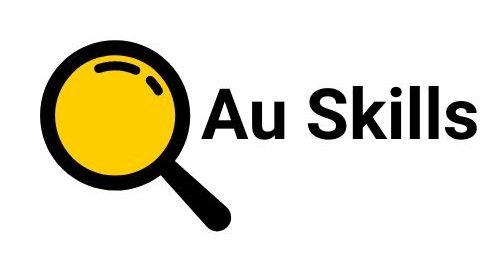What is a Training Plan?
You have taken the first step towards a successful apprenticeship or traineeship, and now the RTO is contacting you about a "Training Plan". But what exactly is a "Training Plan" and why is it essential for your program? In this article, we'll break down everything you need to know about this crucial component of your apprenticeship or traineeship program.
What is a Training Plan?
The training plan is a document that outlines the responsibilities and commitments of the employer, apprentice, and training organisation for the apprenticeship program. It details the skills, knowledge, and experience that the apprentice needs to acquire to complete the apprenticeship and achieve their nationally recognised qualification, and if applicable, their trade certificate.
Why is a Training Plan important?
A training plan is the blueprint for your apprenticeship program. It details the units (known as UoCs or Units of competency) to be completed as part of the qualification, the teaching and assessment method of these units and the schedule of learning. It serves as a guide and a means of accountability for all parties involved in the apprenticeship agreement.
What are Units of Competency (UoC)?
A UoC is a specific set of skills, knowledge, and attributes that an individual must possess in order to perform a specific task or activity in a particular industry or occupation. It is the building blocks of an Australian Qualification Framework (AQF) qualification, such as a certificate or diploma. Each unit is assessed separately and once all the units are completed, the individual will be deemed competent and receive the qualification.
To understand more about what a UoC contains you can search for the unit code here and it will give you a very detailed breakdown of the unit.
Or just ask the Training provider!
How to use your Training Plan.
Always discuss the goal of the program with the trainer when creating the Training Plan, as this may result in a different unit being recommended for the overall qualification.
Share as much information as you can about the apprentice/trainee, including what tasks they are doing, if they require any assistance with the learning, or if they have studied any previous qualifications.
Read and complete the document thoroughly before signing. The document can contain if you have selected block or day release, what campus they are attending, correct contact information and more. Always check it thoroughly before returning to prevent any future delays.
Keep a copy of the Training Plan for your records. It's important not only for managing the apprentice, but also for claiming incentives at selected milestones! (We will discuss incentives another day)
Use the document for your ongoing performance reviews with your apprentice. It indicates what units are due and when, allowing you to align on-the-job learning with the apprentice's progress. It also serves as a reference point when the apprentice is working with different supervisors, ensuring continuity of their learning.
Keep feedback from the trainer alongside your Training Plan in one easily referenceable folder.
Tell your apprentice to do steps 1-6 as well!
Creating a strong foundation for your apprenticeship program is essential, and that's where the Training Plan comes in. However, to truly take your program to the next level, consider building on that foundation with expert mentoring, targeted training, and additional support. At Au Skills, we specialise in developing customised career-entry level programs that go above and beyond the standard approach. If you're interested in elevating your apprenticeship program, let's talk. Contact michael@auskills.au to discuss your unique needs and goals.

